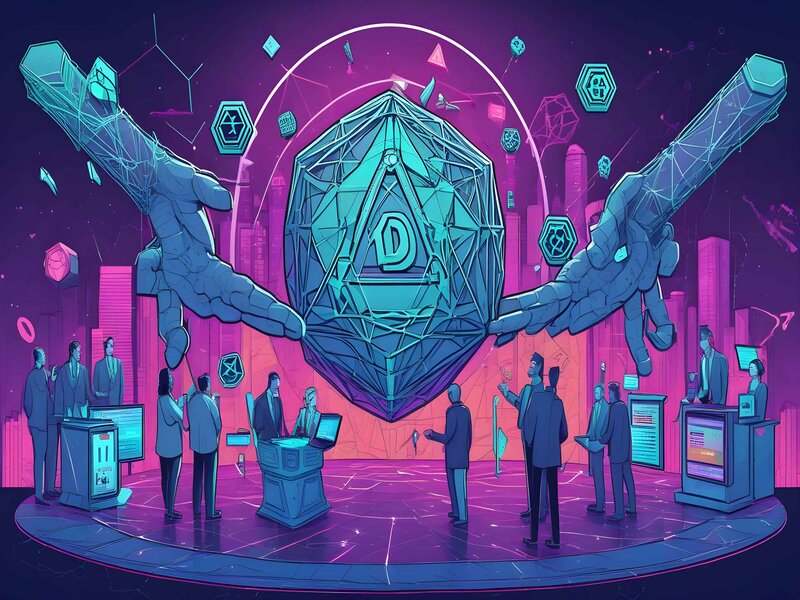In the realm of decentralized finance (DeFi), token burns are a prevalent mechanism utilized by projects to decrease the overall supply of their tokens. This strategic approach serves multiple purposes, from augmenting token value and creating scarcity to rewarding token holders. Understanding the nuances and implications of token burns is crucial for investors navigating the dynamic DeFi landscape.

The Essence of Token Burns
Token burns signify the permanent elimination of a certain number of tokens from circulation. Typically executed by transferring tokens to a burn address, this process ensures these tokens are irretrievable, impacting the token’s overall supply.
Underlying Objectives of Token Burns
Projects undertake token burns for various reasons, including:
Augmenting Token Value: By reducing the token supply, the demand for the token often increases, potentially leading to an upsurge in its market price.
Scarcity Creation: Scarcity inherently increases desirability. Token burns facilitate the creation of scarcity, making tokens more appealing to investors.
Rewarding Token Holders: Burns can serve as a mechanism to reward token holders. This can be achieved through airdrops of burned tokens or utilizing them to enhance the project’s treasury.
Categorizing Token Burns
Token burns are broadly categorized into two types:
Scheduled Burns: These burns are pre-planned and publicly announced, often generating anticipation and enthusiasm within the community.
Unscheduled Burns: These burns are spontaneous and not forewarned. They can surprise token holders or respond to unexpected market trends.
Evaluating Token Burns’ Impact
Token burns wield a substantial impact on token prices by altering supply and demand dynamics. However, the extent of this impact is contingent upon market conditions and community sentiments towards the project.
Strategies and Community Interaction
Beyond economic implications, token burns significantly influence community engagement. They offer a platform for transparent communication between the project and its community, strengthening trust and commitment.
Adapting Investment Strategies
Investors must comprehend the broader implications of token burns. An informed approach involves evaluating token burns alongside a project’s fundamentals and market conditions to make sound investment decisions.
Long-Term Implications and Value Proposition
Token burns aren’t merely about scarcity creation; they signify a project’s dedication to long-term growth and value appreciation, aligning their goals with investor interests.
Collaborative Burning Initiatives
Some projects collaborate to burn tokens collectively, amplifying the impact of token burns and fostering a sense of collaboration within the crypto ecosystem.
Token Burns as Strategic Tools in DeFi’s Evolution
Token burns have transcended their traditional role and emerged as multifaceted strategic tools in DeFi. Understanding their implications is vital for investors navigating the intricate DeFi landscape. In this ever-evolving financial realm, token burns continue to wield substantial influence, shaping the future strategies of digital asset management.
Disclaimer
FAQ
DeFI stands for decentralized finance, offering open and accessible financial systems built on blockchain technology.
Yield farming involves earning interest by lending or staking cryptocurrencies.
Layer 1 blockchains are the primary networks (e.g., Ethereum), while layer 2 blockchains scale and improve performance on top of them.


